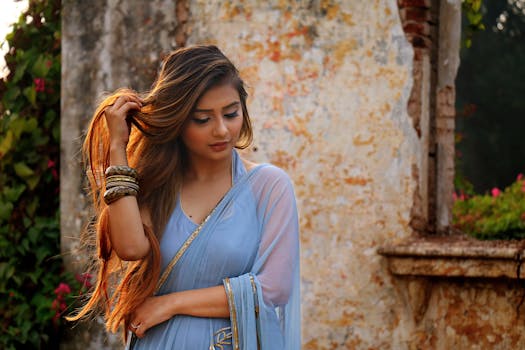Adopt a Clothing Style Inspired by a Historical Era: A Modern Twist
Fashion is a dynamic reflection of culture, society, and history. As trends come and go, many individuals find inspiration in the clothing styles of past eras. Adopting a historical clothing style and adapting it to the modern context can create a unique and personal fashion statement. This article explores how to incorporate elements from various historical periods into contemporary wardrobes, providing insights, examples, and practical tips.
The Allure of Historical Fashion
Historical fashion offers a rich tapestry of styles, colors, and textures that can inspire modern clothing choices. Each era has its distinct characteristics, allowing individuals to express their personality and creativity. Here are some popular historical periods that have influenced modern fashion:
- The Roaring Twenties: Known for its flapper dresses, cloche hats, and bold patterns.
- The Victorian Era: Characterized by corsets, long skirts, and intricate lace details.
- The 1960s: Famous for its mod style, mini skirts, and psychedelic prints.
- The 1980s: Recognized for its bold colors, oversized silhouettes, and statement accessories.
Adapting Historical Styles to Modern Fashion
While historical styles can seem outdated, they can be reimagined to fit contemporary aesthetics. Here are some strategies for adapting these styles:
1. Mix and Match
Combining elements from different eras can create a fresh look. For example, pairing a Victorian-inspired lace blouse with modern high-waisted jeans can balance vintage charm with contemporary flair.
2. Focus on Key Pieces
Incorporate standout items from historical styles into your wardrobe. A 1920s-inspired beaded clutch or a 1960s mod dress can serve as a focal point, allowing the rest of your outfit to remain modern and understated.
3. Play with Accessories
Accessories are an excellent way to introduce historical elements without overwhelming your look. Consider:
- Vintage-inspired jewelry, such as brooches or statement earrings.
- Hats reminiscent of past styles, like fedoras or berets.
- Footwear that nods to historical designs, such as Mary Janes or combat boots.
Case Studies: Successful Adaptations
Several fashion icons and brands have successfully integrated historical styles into modern fashion. Here are a few notable examples:
1. Gucci’s Retro Revival
Gucci has made waves in the fashion industry by incorporating vintage aesthetics into its collections. Creative Director Alessandro Michele often draws inspiration from the 1970s, blending bold prints, eclectic patterns, and retro silhouettes. This approach has resonated with consumers, leading to a resurgence of interest in vintage-inspired fashion.
2. The Rise of Vintage Shops
The popularity of thrift shopping and vintage boutiques has skyrocketed in recent years. According to a report by ThredUp, the secondhand market is projected to reach $64 billion by 2024. This trend reflects a growing desire for unique, sustainable fashion choices that often include historical styles.
Statistics and Trends
Understanding the current fashion landscape can help individuals make informed choices when adopting historical styles. Here are some relevant statistics:
- According to a survey by the Fashion Institute of Technology, 70% of consumers are interested in sustainable fashion, which often includes vintage and historical pieces.
- Google Trends data shows a 150% increase in searches for “vintage fashion” over the past five years.
- Social media platforms like Instagram and Pinterest have seen a rise in hashtags related to vintage and retro styles, indicating a growing community of enthusiasts.
Conclusion: Embrace Your Unique Style
Adopting a clothing style inspired by a historical era can be a rewarding and creative endeavor. By mixing and matching elements from the past with modern pieces, individuals can create a unique fashion identity that reflects their personality. As the fashion industry continues to evolve, embracing historical styles not only allows for personal expression but also promotes sustainability and individuality. Whether you choose to channel the elegance of the Victorian era or the boldness of the 1980s, the key is to make it your own. So, dive into the past, explore its treasures, and let your style tell a story that is uniquely yours.
